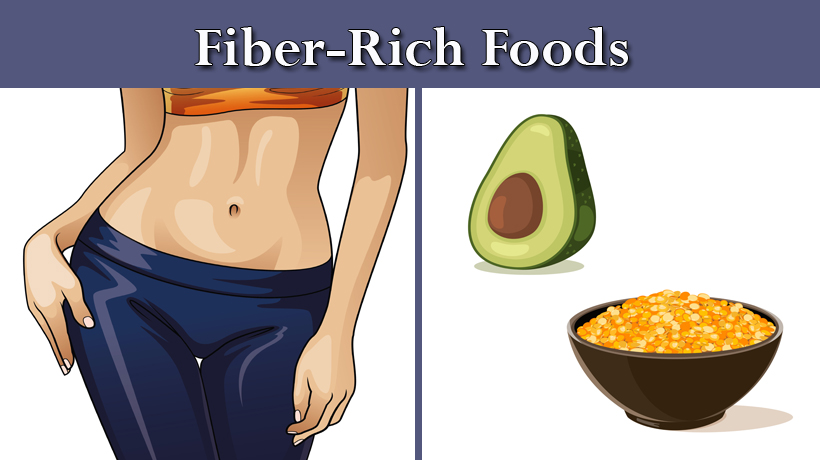Pop quiz: how much fiber are you eating in a day?
Women should be consuming 20 to 30 grams of fiber every day, according to the Harvard T.H. Chan School of Public Health. However, a 2013 study published in the American Journal of Medicine found Americans only consumed about 15 grams per day on average.
Fiber is a type of carbohydrate found in plants. There are two types: soluble and insoluble. Soluble fiber may help lower total blood cholesterol levels by lowering low-density lipoprotein, or “bad,” cholesterol levels. Insoluble fiber promotes the movement of material through your digestive system and increases stool bulk, according to the Mayo Clinic.
High-fiber foods tend to be more filling than low-fiber foods, take longer to eat, and be less “energy dense,” which means they have fewer calories for the same volume of food. That encourages people to eat less and feel full longer, which may lead to weight loss.
Lentils
This legume has about 15.5 grams of fiber per cup. Lentils contains high levels of soluble fiber that can help reduce the risk of heart disease and stroke by lowering cholesterol.
Black beans
These clock in at 15 grams of fiber per cup. If black beans don’t appeal to your taste, refried beans and pinto beans are both high in fiber, as well.
Avocados
Another Mexican dietary staple is the avocado, which carries 13 grams of fiber per avocado. Avocados are rich in both soluble and insoluble fiber.
Raspberries
If you’re looking to lose weight but don’t want to give up dessert, raspberries may satisfy your sweet tooth. At only 64 calories, raspberries offer eight grams of fiber per cup.
Split peas
Split peas are made from the dried, split and peeled seeds of peas. They offer over 16 grams of fiber per cup.
Oats
Oats have a soluble fiber called oat beta-glucan that positive effects on blood sugar and cholesterol levels. Steel-cut, old-fashioned rolled and quick-cooking oats all have soluble and insoluble fiber, totaling about 16.5 grams of fiber per cup of oats.
Artichokes
Many vegetables contain fiber, but the artichoke is the vegetable with the most. It has 10.3 grams of fiber.
Whole grains
Switching to your cereal, pasta, and bread to whole grains can make a difference in beating belly fat. Whole wheat spaghetti has six grams of fiber, and many cereals are fortified with extra vitamins and minerals.
Sources:
https://www.hsph.harvard.edu/nutritionsource/carbohydrates/fiber/
https://www.ncbi.nlm.nih.gov/pubmed/24135514
https://www.mayoclinic.org/healthy-lifestyle/nutrition-and-healthy-eating/in-depth/fiber/art-20043983
https://www.mayoclinic.org/healthy-lifestyle/nutrition-and-healthy-eating/in-depth/high-fiber-foods/art-20050948
https://www.healthline.com/nutrition/foods-high-in-soluble-fiber
https://www.medicalnewstoday.com/articles/283018.php



